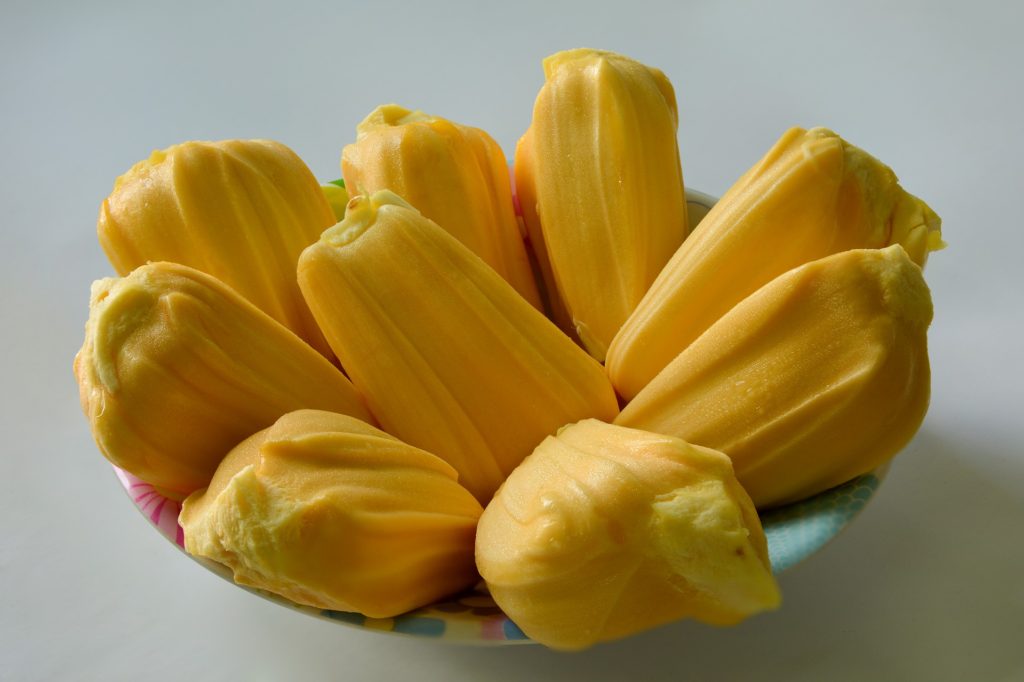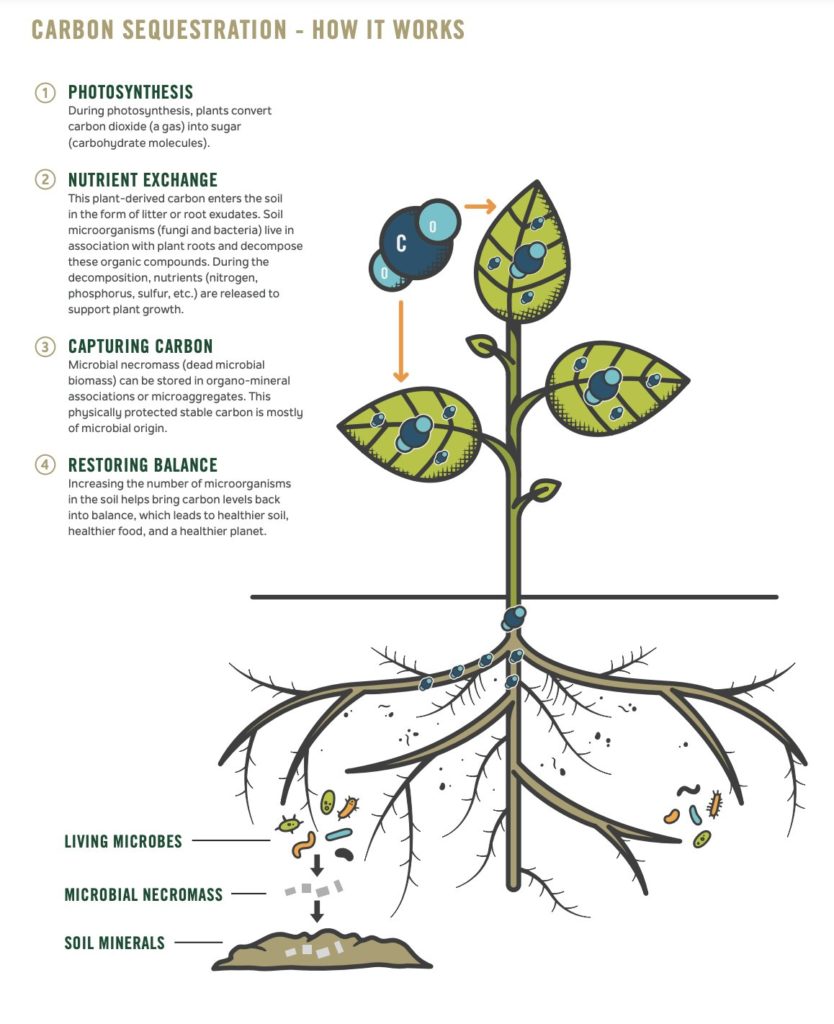Food and Environmental Benefits from Jackfruit
Nature Inspires!
Food/nutritional values
The jackfruit is important source of energy, protein, minerals and vitamins. When the fruit is immature, the pulp can be used in several dishes like curries, pickles, or cooked as a vegetable. Its meat-like taste and texture is reminiscent of chicken and makes it a relished substitute of meat for vegetarians and vegans.
At maturity, the pulp is eaten fresh or made into delicacies, chutney, jam, jelly and paste. It can be candied, made into ice-cream and juices/drinks. Young leaves and immature male flower clusters may be prepared as vegetables. The seeds have good nutritive value (they contain valuable amount of vitamin A, Sulphur, calcium and phosphorus) and can be eaten as snacks (like peanuts), boiled (like chestnuts) or ground and blended with wheat flour to produce baking flour.

Environmental values
There are enormous Carbon sequestration income benefits from Jackfruit Tree planting
There are not enough trees in the world to offset society’s carbon emissions – and probably there will never be. But every leafy tree planted is a huge step towards reducing the amount of carbon in the atmosphere. Jackfruit tree with its heavily leafed branches perfectly fits into the category of excellent carbon sequestering trees on mother planet.
If you’re planting trees to help in the fight against climate change, you want a tree that’s going to sequester a lot of CO2. Eden, in his calculations basing on Mangrove trees, has established that a single mangrove tree sequesters an estimated 0.3 tons of CO2 (which is 12.3kg per year) over its growth life of 25 years. In actual life, 0.3 tons of CO2 translates into carbon emissions by a plane flying over a distance of 1,031km or a car driving over a distance of 1,178km or a motor bike riding over a distance of 1000km.
The carbon sequestration capacity of tree species depends upon its age, height, girth, size, biomass accumulation rates, and canopy diameter wood density and rotation lengths. Long lived, slow- growing and high density hardwood trees store more carbon than short- lived, low-density and fast growing trees. Trees with large canopies, dense wood and long lifespan are known to sequester more CO2, than smaller short-lifespan trees. Jackfruit trees have a very large canopy, dense wood and are long-lived, lasting up to a century before they die naturally.
Jackfruit belongs to the family Moraceae, one of the common Phanerophytes in India and Africa. Phanerophytes are suspected to be good at carbon sequestration. According to Mournita Chatterjee et al, in their study on 8 Phanerophyte trees in West Bengal, India (published in Research Journal of Pharmaceutical, Biological and Chemical Sciences – ISSN: 0975-8585) on the correlation between tree height (H), girth at breast height (GBH) and carbon sequestration potential, there is a direct correlation between height of the tree and canopy size and its carbon sequestration capacity.

The study involved 8 Phanerophyte trees. Of the 8 Phanerophytes studies, Artocarpus heterophyllus has the third highest carbon sequestration potential. The highest was Pterospernum acerifolium, whose correlation coefficiency was 0.9888 (GBH) and 0.5809 (H), with a carbon sequestration of 1909.48. Artocarpus heterophyllus (Jackfruit) had a correlation coefficiency of 0.9186 (GBH) and 0.9831 (H) and carbon sequestration potential of 391.6, Aegle marmelos, a bigger, taller and larger canopy tree had a correlation coefficiency of 0.9839 (GBH) and 0.9945 (H) and a carbon sequestration potential of 781.1, all three cases being significant P 0.05 and P 0.01. The study concluded that the rate of carbon sequestration potential increased with the enlargement of GBH and height of these tree species.
Jackfruit trees are beautiful shade trees that can be planted as ornamentals in parks, school, administrative units and hospital compounds, leisure gardens or along roadsides. They make useful shade trees in coffee plantations or nurse trees in pepper plantations. They can be used in agroforestry systems including annual cash crops such as banana, sweet corn and groundnut
They are a perfect erosion control, shelter and shade provider. Jackfruit trees can be used to control floods and soil erosion. They act as windbreaks and as shade providers in coffee plantations or in stands where livestock can benefit from their shade.
Size of Jackfruit tree
The Jackfruit tree is 15 to 20 meters (50 to 70 feet) tall at maturity and has large stiff glossy green leaves about 15 to 20 cm (6 to 8 inches) long. A single mature Jackfruit tree bears nearly 100 times the density of leaves born on over 100 eucalyptus or 200 pine/cypress trees. This makes Jackfruit tree more suitable and effective for carbon sequestration that large tracts of eucalyptus and/or pine/cypress trees. The small unisexual flowers are borne on dense inflorescences that emerge directly from the trunk and branches.
